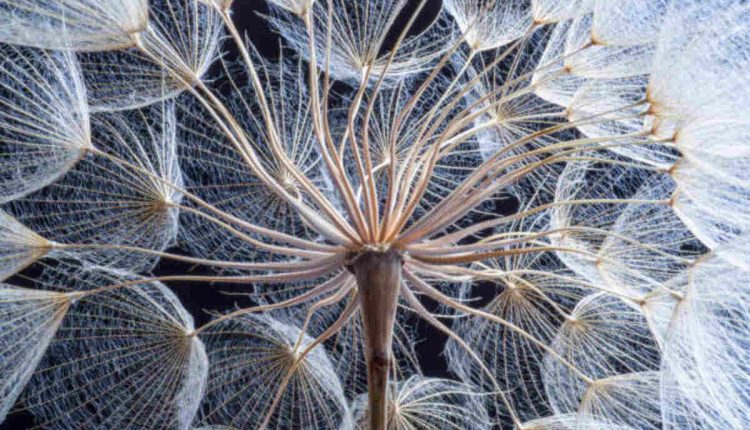Flower Abstraction
Flower abstraction highlights the beauty of flowers without their connotative associations. Georgia O’Keeffe’s floral paintings from this era were widely misinterpreted as depictions of female genitalia – an interpretation strongly promoted by her husband, Alfred Stieglitz.
O’Keeffe used close-up points of view and lots of negative space to create her floral abstracts – an effective strategy for making sure they stand out!
Color
Flowers have long been associated with femininity in artwork. Georgia O’Keeffe took this one step further by including them in her paintings as sexual symbols; according to art historian Randall Griffin’s new Phaidon Focus book on O’Keeffe (available this spring), her plants often read as abstract depictions of female genitalia – something her male contemporaries encouraged through Alfred Stieglitz and art critics in New York and Berlin who read them this way.
O’Keeffe’s flower abstractions featured vivid colors and patterns to emphasize the petals of her chosen plants, using bright hues and patterns to draw the eye directly to their shapes. She enlarged the canvas size so that the flowers became more than mere decorative features – they became visible features within their right and became the main elements of each painting.
O’Keeffe took advantage of this perspective to compose her flowers similarly to the skyscrapers of New York City, using it as a method of composition that she would continue using throughout her work.
O’Keeffe began painting her native flowers of New Mexico during the mid to late 1920s; however, after traveling to Hawaii, she truly began her transformation as an abstract flower artist. Inspired by its tropical blooms, she produced a series of vivid and lifelike paintings such as Hibiscus with Plumeria and Heliconia: Crabs Claw Ginger that became iconic examples of flower abstraction art.
Shape
Flower abstraction makes the shapes of petals just as crucial as their colors. Flowers boast many beautiful shapes, from sinuous curves to perfect circles, so by considering each petal’s form and how it could fit into an abstract composition, you can create powerful abstract images that draw the viewer in. When taking photographs of flowers yourself, pay special attention to how each petal’s shape can be used within an abstract composition.
One of the keys to creating abstract images is using a shallow depth of field. To do this, you’ll need a low f-stop setting on your camera – this will blur the background while still focusing on your subject matter. When photographing flowers, I advise opting for lenses with maximum f-stop settings of 2.8 or lower.
An essential tip for shooting abstract flower images is shooting them on cloudy days, which allows you to capture beautiful, vivid hues with even lighting from the clouds and ensures that any relevant subject matter features will come into focus. Be sure to get close enough to capture all their most eye-catching features – this combination of factors will allow you to produce breathtaking abstract flower images that will truly astonish viewers!
Light
Floral Abstraction is an expressive style that allows an artist to create images without limitations or boundaries. It’s a way of taking an idea and turning it into art that stands while still having meaning for viewers, making this style fun to paint but looking beautiful when complete.
Georgia O’Keeffe was one of the world’s foremost floral abstract artists, known for her wide range of themes and symbols representing femininity, love, reproduction, sexuality, and reproduction. Many of her images focused on close-ups that captured delicate details within flowers’ blooms; unfortunately, her depictions of flowers were often misconstrued as sexualized despite O’Keeffe’s protestations that this wasn’t her intent.
Bending Light features 59 fine art images that blur the lines between photography and painting, with each image engaging viewers through the narrative provided by its author to show his creative process of producing these innovative and captivating images. They invite interpretation by viewers while showing how natural elements can be turned into works of art – making this book an excellent gift for anyone who appreciates nature!
Composition
When designing a composition of flower abstraction, it is crucial to consider each element’s contribution to the whole. This includes color, shape, relative value, line lengths, and negative space balance. Furthermore, considering symmetry in terms of their relationship to their center point can help complete this design successfully.
So that viewers can see your central flower and how it interacts with its surroundings in your painting, you should pay special attention to how its petals and stems are arranged within your composition. If the arrangement of your flowers does not please you, try moving or changing their positions a bit to see how that affects their effect on overall composition.
Negative space can add dimension and interest to any flower image, drawing attention away from its size or complexity. You can achieve this effect by positioning your bloom off-center or using a shallow depth of field to blur out an otherwise busy background.
O’Keeffe was best known for her still lifes featuring flowers, animal bones and shells, Lake George landscapes, and New Mexico scenery; however, her flower abstractions stood out due to their audacious sexuality and feminine sensibilities. Although O’Keeffe is best known for these paintings today, her early recognition came through abstract charcoal drawings.

